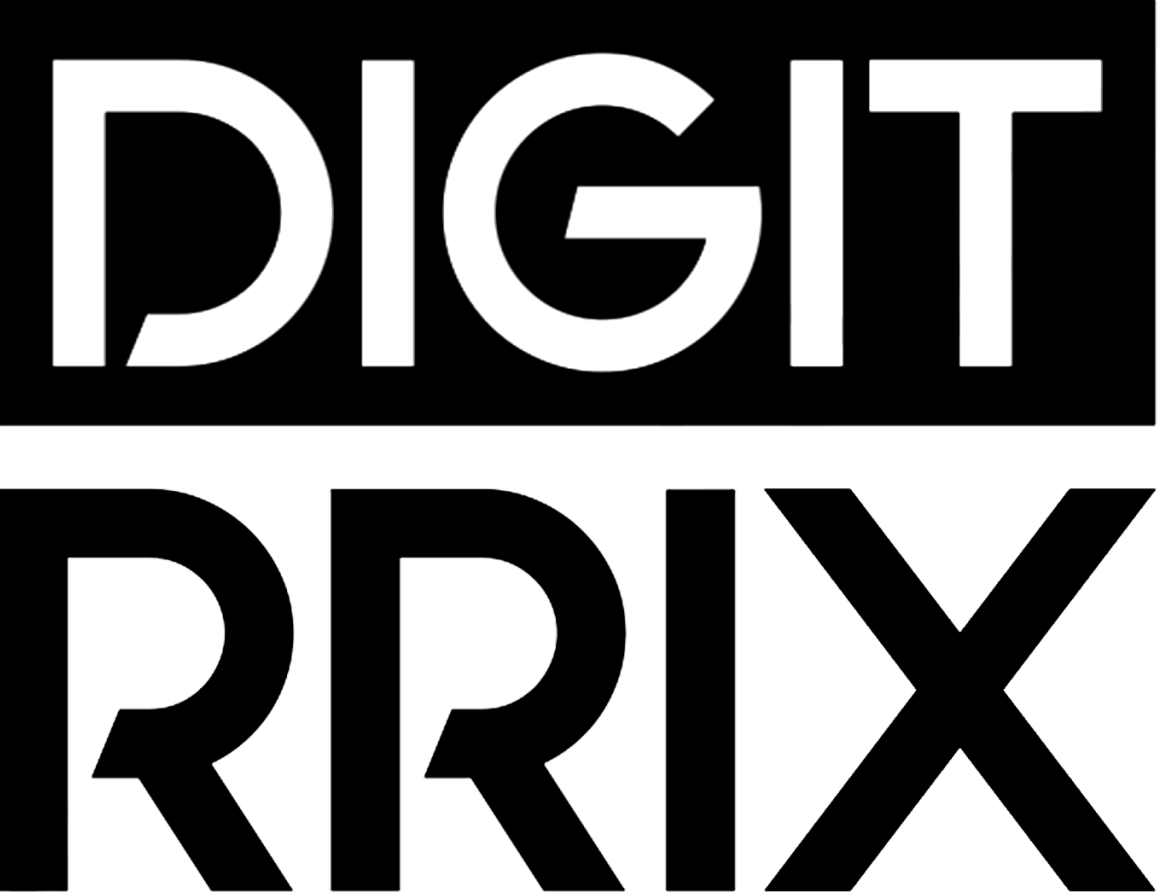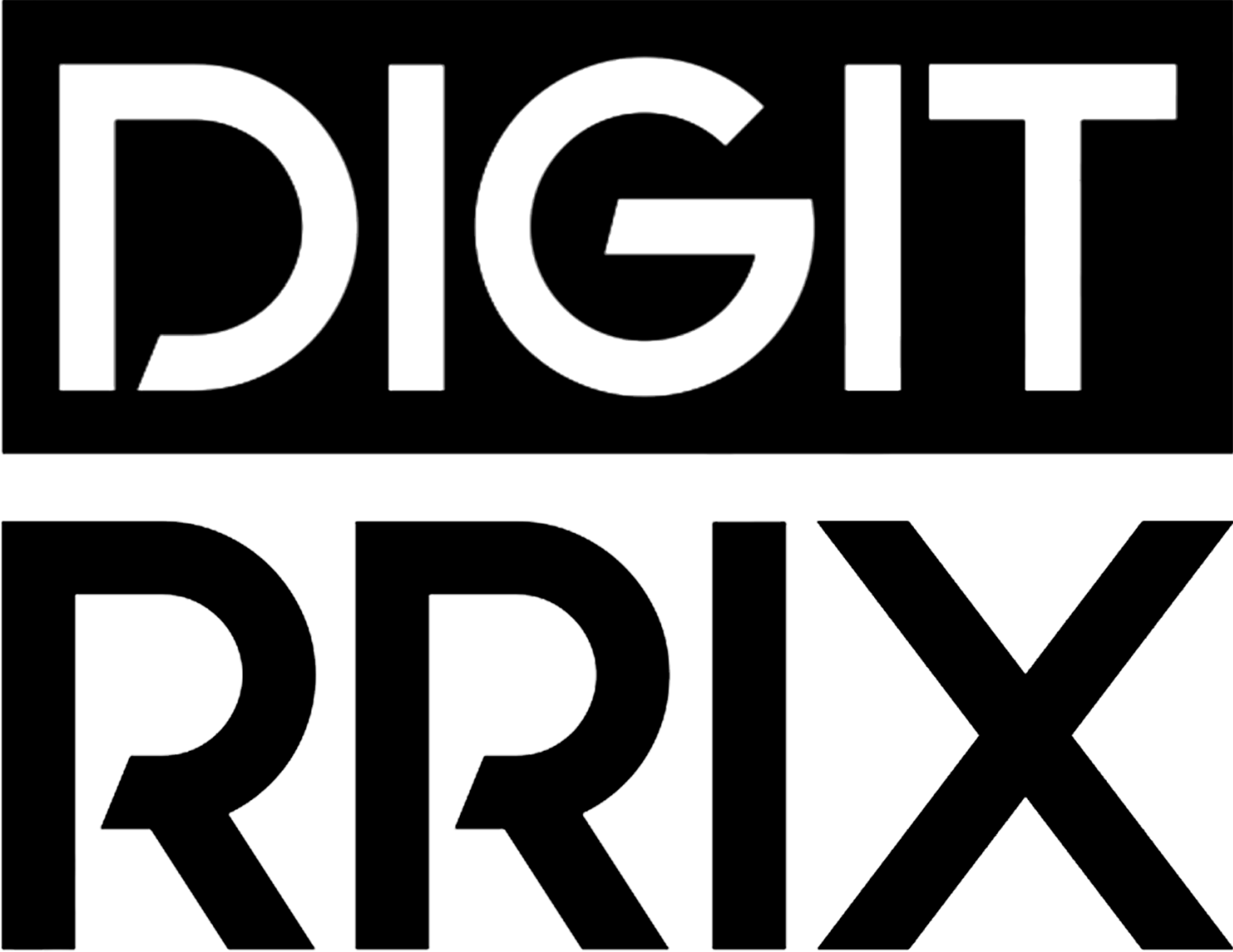
How to Measure the Success of Your Marketing Campaigns Effectively
To thrive in today’s competitive landscape, businesses must go beyond mere guesswork and embrace a systematic approach to evaluate their marketing initiatives. Understanding the intricacies of Marketing Success Measurement is essential for any organization aiming to optimize its strategies and amplify its results. By setting clear objectives and tracking key metrics, companies can gain insights into what truly resonates with their audience. Moreover, leveraging powerful data analytics tools enables marketers to quantify their efforts and assess the financial impact of their campaigns effectively. As you explore the art of evaluating marketing success, you’ll discover that continuous improvement not only enhances future strategies but also drives long-term growth and engagement. The journey to marketing excellence begins with knowing how to measure what matters most.
Understanding Marketing Success Measurement: Key Metrics to Track
To achieve meaningful insights into your marketing efforts, it is crucial to understand Marketing Success Measurement and identify the key metrics that truly matter. Focusing on the following metrics can provide a comprehensive view of how well your campaigns are performing.
1. Customer Acquisition Cost (CAC): This metric gauges the total cost of acquiring a new customer, including your marketing and sales expenses. By calculating CAC, you can determine the effectiveness of your campaigns and optimize your budget to maximize returns.
2. Conversion Rate: This measures the percentage of users who take a desired action, such as making a purchase or signing up for a newsletter. Tracking conversion rates helps you identify which aspects of your campaign resonate with your audience, enabling you to refine your messaging and strategies.
3. Return on Investment (ROI): A crucial metric that compares the profit generated by your marketing efforts against the costs incurred. Understanding ROI helps you allocate resources effectively and justify marketing expenditures to stakeholders.
4. Customer Lifetime Value (CLV): This metric estimates the total revenue a business can expect from a customer throughout their relationship. Analyzing CLV allows you to develop targeted strategies that enhance customer retention and loyalty.
5. Traffic Sources: Knowing where your visitors originate is essential for gauging the effectiveness of various marketing channels. By analyzing traffic sources, you can refine your strategies, focusing on the most productive channels.
6. Engagement Metrics: Metrics such as likes, shares, comments, and website bounce rates indicate how well your content resonates with your audience. Improving engagement is key to fostering relationships and driving conversions.
By closely monitoring these key metrics, businesses can gain valuable insights leading to better decision-making and enhanced performance in their marketing campaigns. Focusing on measurement not only illuminates current successes but also highlights areas that need improvement, paving the way for future growth.

Setting Clear Objectives for Effective Marketing Campaigns
In the world of marketing, setting clear objectives is the cornerstone for driving effective marketing campaigns. By defining specific goals, businesses provide direction, enhance focus, and ensure that all efforts are aligned with the overall business strategy. Without clear objectives, marketing initiatives can become unfocused, leading to wasted resources and missed opportunities.
SMART Objectives is a widely adopted framework to help marketers articulate their goals. This acronym stands for Specific, Measurable, Achievable, Relevant, and Time-bound. Implementing SMART objectives ensures that each marketing campaign has defined endpoints, making it easier to track success and adjust strategies as needed.
Specific goals remove ambiguity. For example, instead of setting a vague objective like “increase sales,” a specific goal would be “boost sales of product X by 20% within the next quarter.” By being specific, everyone involved understands the exact target, leading to more cohesive teamwork.
Additionally, objectives must be measurable. Quantifying success allows marketers to use data to assess performance accurately. Utilize metrics such as website traffic, conversion rates, or return on investment (ROI) to gauge progress and adjust strategies accordingly.
Equally important is ensuring that goals are achievable. While it’s crucial to set ambitious targets, they must also be realistic. Setting unattainable objectives can demotivate teams and lead to decreased morale.
Relevant goals ensure alignment with your overall business strategy. It’s essential to create objectives that contribute to broader organizational aims while keeping in mind your audience’s needs and market trends.
Lastly, objectives should be time-bound. Establishing a deadline cultivates urgency and enhances focus. For example, aiming to achieve a specific goal within three months rather than in an undefined future creates a roadmap for success.
By investing time in setting clear objectives, marketers not only clarify their intentions but also create a solid foundation for measuring the success of their campaigns. This foundational element empowers teams to work effectively, leading to measurable outcomes and sustained marketing excellence.
Using Data Analytics Tools for Marketing Success Measurement
In an era where data drives decision-making, utilizing data analytics tools is paramount for accurately assessing the effectiveness of your marketing campaigns. These tools not only streamline the collection and analysis of data but also provide actionable insights that can lead to improved campaign performance.
Choosing the Right Tools: The market is saturated with a plethora of analytics tools, each offering unique features tailored to varying business needs. Google Analytics is an industry staple, providing comprehensive insights into website traffic, user behavior, and conversion rates. Other notable tools include HubSpot, which integrates customer relationship management with marketing analytics, and Tableau, known for its exceptional data visualization capabilities. When selecting a tool, consider your specific objectives, data sources, and the level of expertise within your team.
Streamlining Data Collection: Effective analytics tools automate data collection processes, pulling information from various marketing channels, including social media, email, and paid advertising. This automated approach not only saves time but also reduces human error, ensuring that your data remains accurate and reliable.
Real-Time Analysis: One of the most significant advantages of employing data analytics tools is the ability to analyze data in real-time. This feature empowers marketers to quickly identify trends and anomalies, allowing for immediate adjustments to campaigns as needed. For instance, if a particular ad is underperforming, swift action can be taken to optimize messaging or targeting, thereby maximizing your budget and resources.
Delivering Actionable Insights: Beyond just numbers, analytics tools provide interpretative insights that inform strategic decisions. Key performance indicators (KPIs), such as click-through rates and customer acquisition costs, can be easily tracked and visualized, enabling teams to gauge the effectiveness of their efforts. This data-driven approach not only facilitates better decision-making but also supports the alignment of marketing strategies with overarching business goals.
In summary, leveraging the right data analytics tools is crucial for effective tracking and optimization of your marketing campaigns, ultimately leading to improved outcomes and measurable success. By integrating data analytics into your marketing strategy, you can foster a culture of continuous improvement and drive substantial growth for your business.
Evaluating ROI: How to Assess the Financial Impact of Your Campaigns
Measuring the return on investment (ROI) is a crucial component of Marketing Success Measurement that enables businesses to understand the financial effectiveness of their marketing efforts. Evaluating ROI involves calculating the profits generated from marketing campaigns relative to the costs incurred, offering insights into strategic allocation of resources.
To calculate ROI, use the formula:
ROI = (Net Profit / Cost of Investment) x 100
Where Net Profit is the total revenue generated from the campaign minus its costs. This formula provides a percentage that reflects the profitability of your marketing efforts. A positive ROI indicates that your campaigns are generating more revenue than they cost, whereas a negative ROI suggests that adjustments are necessary.
Tracking expenses associated with each campaign, from advertising spend to production costs, is essential for accuracy. Consider using accounting software or platforms that integrate marketing expenses and revenue generation. By having a clear view of financial data, you can forge insights into which strategies yield the best returns.
Moreover, it’s vital to factor in life-time value (LTV) of customers acquired through these campaigns. Identifying how much revenue a customer brings over their lifespan can significantly affect ROI assessments. For instance, if a campaign drives customer acquisition for a service, understanding LTV allows businesses to justify initial marketing expenses.
Finally, combine qualitative data with the quantitative figures. Analyzing customer feedback or engagement rates, alongside monetary returns, helps create a more holistic understanding of campaign performance. By consistently evaluating ROI through these channels, businesses can refine their marketing strategies, ensuring sustained growth and long-term viability in the marketplace.

Continuous Improvement: Learning from Marketing Success Measurement
In the fast-paced world of marketing, the ability to evolve is crucial. Learning from marketing success measurement is not merely about assessing past efforts; it’s about harnessing insights to drive future strategies. This process involves analyzing data meticulously and utilizing findings to refine campaigns, thus fostering continuous improvement.
Start by implementing a feedback loop where data from previous campaigns informs future actions. For example, if a particular channel or messaging strategy yielded high engagement rates, consider increasing investment in that area for upcoming initiatives. Tracking audience behavior allows you to understand trends and preferences, making it easier to tailor your marketing approach for maximum impact.
Moreover, leverage A/B testing to experiment with different variables in your campaigns. This method empowers marketers to make data-driven decisions by comparing performance metrics of two or more approaches. Use the insights gained from these tests to optimize content, design, or placement, ensuring your messaging resonates with the target audience.
It’s also important to establish a culture of iterative learning within your marketing team. Encourage team members to share insights from both successful and underperforming campaigns. This collaborative spirit fosters innovation and idea-sharing, which can lead to breakthrough strategies that enhance effectiveness.
Additionally, create comprehensive reports that encapsulate key metrics and insights gleaned from each campaign. These reports act as strategic blueprints, providing a roadmap for future campaigns and guiding adjustments in real time. Ultimately, prioritizing continuous improvement reinforces a proactive marketing mindset, allowing organizations to stay ahead of the curve, adapt swiftly to market shifts, and ultimately achieve more impactful, successful marketing campaigns.
Frequently Asked Questions
What are the most important metrics to track for marketing campaign success?
To effectively measure the success of your marketing campaigns, focus on key metrics such as Return on Investment (ROI), Conversion Rate, Customer Acquisition Cost (CAC), and Engagement Rate. ROI helps you determine the profitability of your campaign, while Conversion Rate indicates the percentage of visitors who take desired actions. Understanding CAC allows you to gauge how much it costs to acquire a new customer, and Engagement Rate measures customer interactions, providing insight into the effectiveness of your content.
How can I assess the ROI of my marketing campaigns?
Assessing the ROI of your marketing campaigns involves calculating the total revenue generated from the campaign relative to the cost incurred. Use the formula: ROI = (Net Profit / Cost of the Marketing Campaign) x 100. To get an accurate picture, consider all associated costs, including advertising, resources, and labor. By consistently evaluating your ROI, you can determine which campaigns offer the best returns and adjust future strategies accordingly.
What tools can I use to track the success of my marketing efforts?
There are numerous tools available to track the success of your marketing efforts, including Google Analytics, HubSpot, and SEMrush. Google Analytics provides detailed insights into website performance, user behavior, and traffic sources. HubSpot offers comprehensive marketing automation solutions that help monitor lead generation and engagement. SEMrush specializes in SEO analytics, allowing marketers to analyze keywords and assess competitors. Utilizing these tools enables marketers to make informed decisions and refine their campaigns effectively.
What role does audience feedback play in measuring campaign success?
Audience feedback is crucial in measuring campaign success as it provides direct insights into customer perceptions, preferences, and engagement levels. Surveys, social media interactions, and customer reviews are valuable sources of feedback that can indicate how well your message is resonating with your target audience. By analyzing this feedback, marketers can identify areas for improvement and better tailor future campaigns to meet customer needs, ultimately enhancing overall success.



